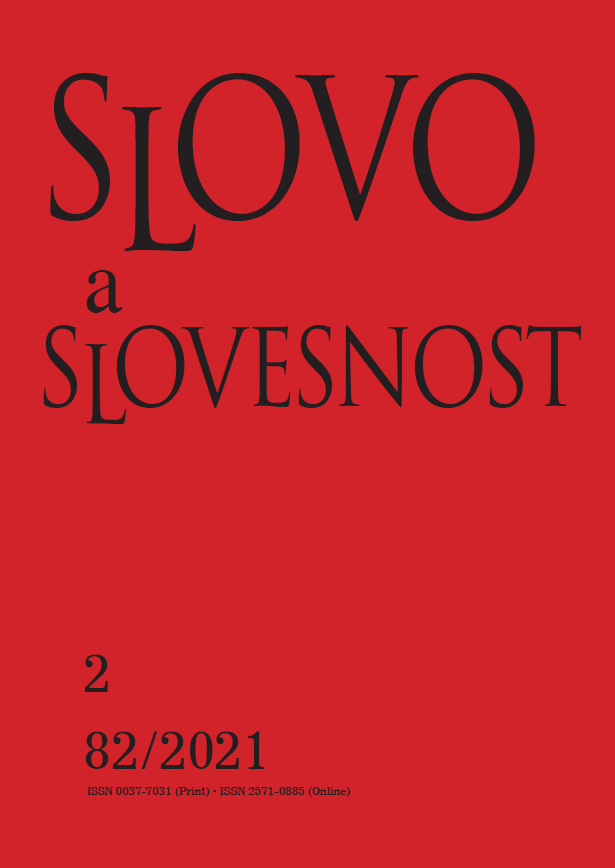Kompozitnosť a kompozícia: príspevok k charakteristike zložených slov na materiáli západoslovanských jazykov
Compoundness and composition: A contribution to the characterisation of compounds in West Slavic languages
Author(s): Martin Ološtiak, Marta VojtekováSubject(s): Morphology, Western Slavic Languages
Published by: AV ČR - Akademie věd České republiky - Ústav pro jazyk český
Keywords: West Slavic languages; word-formation; composition; compoundness; base; baseoid (combining form); affixoid; affix
Summary/Abstract: The aim of the paper is to analyse compounding and compoundness in Slovak, Czech and Polish. Compoundness is defined as a property of a complex word (compound) having at least two components with lexical meaning. The essential distinction between composition and derivation (affixation) lies in the number of bases in the structure of a word, so it is inevitable that we analyse the notions of base and affix. Subsequently, the paper proposes several criteria on the basis of which the following constituents are defined: base (a free morpheme with lexical meaning, e.g. "terapia" in the Slovak compound "ergoterapia" 'ergotherapy'), baseoid (combining form, a bound morpheme with lexical meaning, e.g. "ergo-" in Slovak compound "ergoterapia" 'ergotherapy'), affixoid (diachronically a free morpheme, synchronically a bound morpheme that has acquired a more general derivational meaning, e.g. Slovak "-násť" in "dva-násť" 'twelve'), affix (a bound morpheme with a general derivational meaning, e.g. Slovak "-ista" "osoba" 'person' in "gitar-ista" 'guitar player'). The definition of these constituents makes it possible to establish a more precise borderline between compounding and derivation and introduce three types of compounds: proper compounds, semi-compounds and quasi-compounds.
Journal: Slovo a slovesnost
- Issue Year: 82/2021
- Issue No: 2
- Page Range: 95-117
- Page Count: 23
- Language: Slovak

